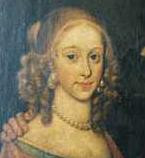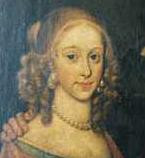Elizabeth Hall
Date & Place:
Not specified or unknown.


 Sav Yover
Sav Yover 
